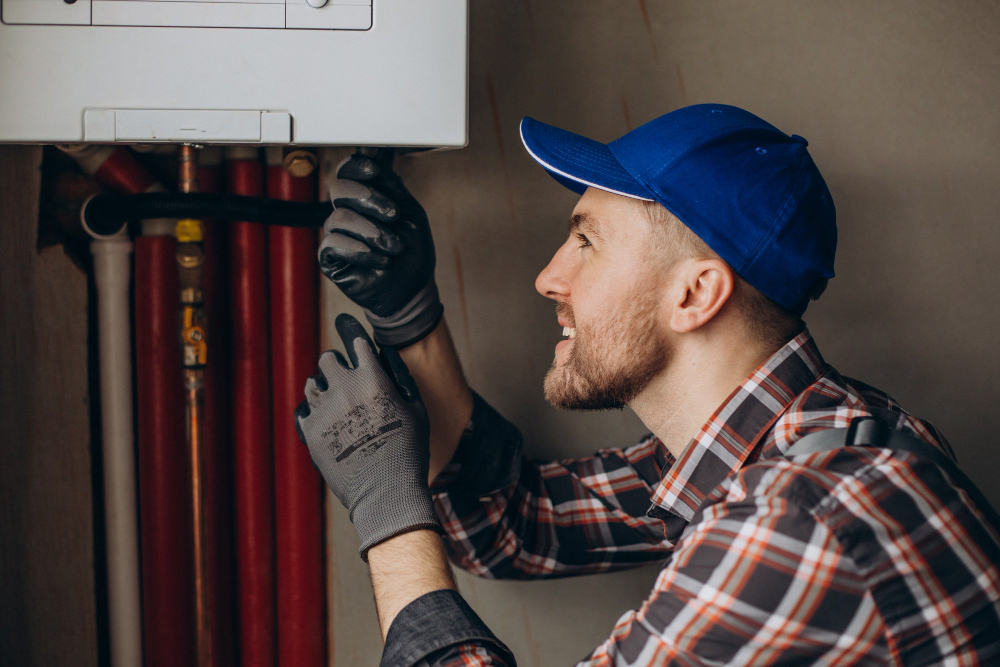Furnace 101: How They Work

With winter on the horizon, now is the perfect time to learn about furnaces and how they work. Furnaces are an essential part of any home during the cold months, and understanding how they function is important to ensure that they are running efficiently and effectively. In this blog post, we will review the basic components of a furnace, how they work together, and touch on common furnace issues. If you're in need of a new furnace or maintenance services, be sure to contact Discount Air Supply, your trusted HVAC supplier in Central Florida, for more information.
To understand how a furnace works, it's important to understand its components. A typical furnace consists of a thermostat, burners, heat exchanger, blower, ventilation system and ductwork. When the thermostat senses a drop in temperature, it signals the furnace to ignite the burner. The burner is responsible for creating heat that warms the heat exchanger, which then transfers the heat to the air that flows through it. The heated air is then forced through the ductwork by the blower, which distributes the warm air throughout the home.
One crucial aspect of a furnace is ensuring proper ventilation. The exhaust gases that are produced by the furnace must be safely and effectively vented outside of the home. If not, it can lead to dangerous carbon monoxide exposure. Regular maintenance and inspections of the furnace, ventilation system, and ductwork can prevent this from happening. It's important to have a professional technician conduct regular inspections to ensure proper ventilation and that all components are working effectively and safely.
One common issue that homeowners may experience with their furnaces is a malfunctioning thermostat. If your furnace is not producing heat or is not turning off, it could be a sign that your thermostat needs to be replaced. Another common issue is a clogged air filter, which restricts airflow and reduces the efficiency of the furnace. Regularly cleaning or replacing your air filter can help prevent this issue from occurring.
It is essential to choose a furnace that fits your specific needs and budget. There are various types of furnaces to choose from, including gas, electric, and oil-powered furnaces. Each type has unique advantages and disadvantages that should be considered before making a purchase. It's important to do your research and consult with a professional before making any decisions on a new furnace.
Conclusion
In conclusion, furnaces are an essential component of any home during the colder months. Understanding their components and how they work together allows homeowners to ensure their furnace is running efficiently and safely. Regular maintenance and inspections play an important role in keeping your furnace operating effectively and preventing potential problems from occurring. If you're looking for an HVAC supplier in Central Florida for a new furnace, contact Discount Air Supply today for more information.